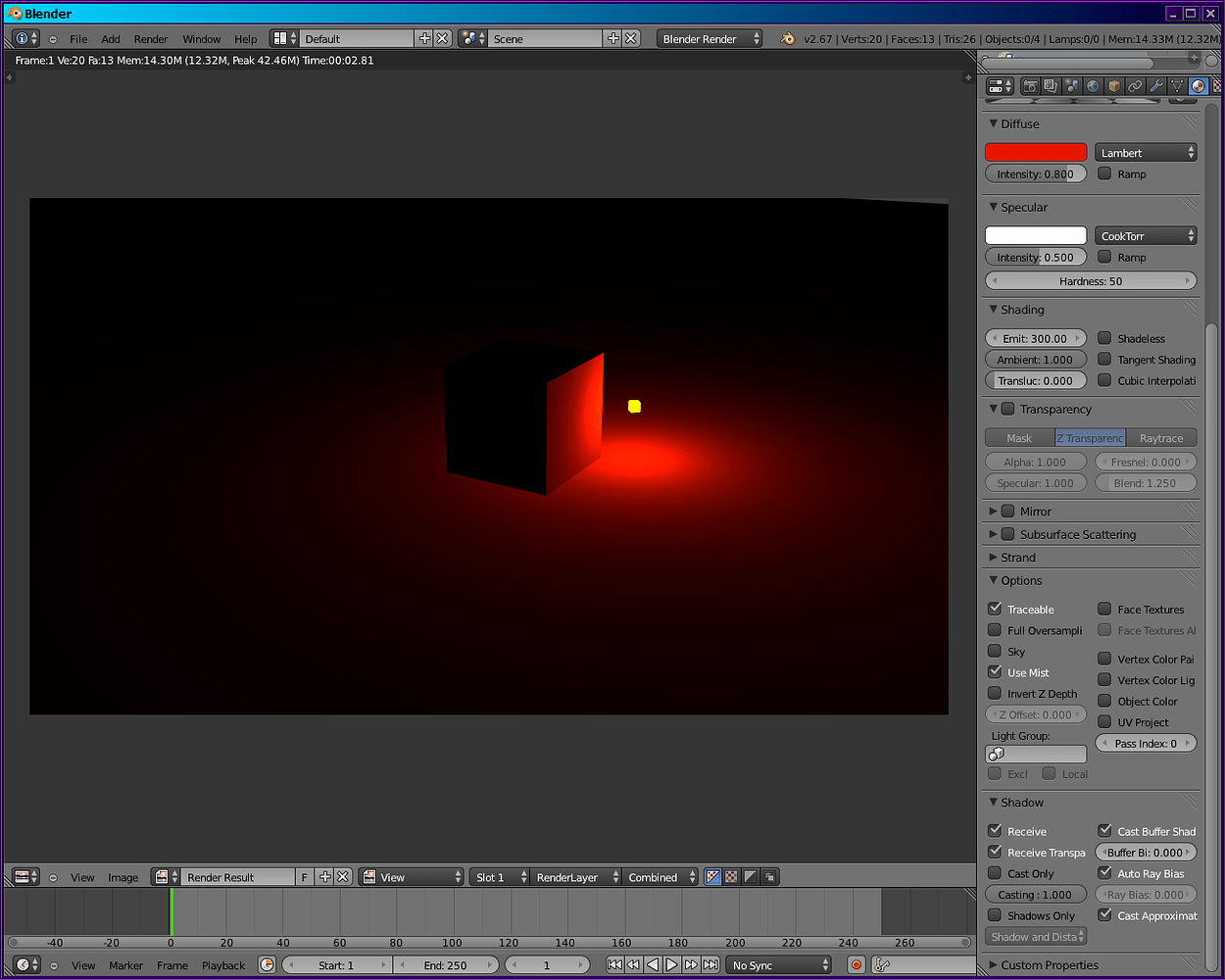

By default, you will already have a camera in your scene at the start of your project as it is one of the three defaults along with the cube and light objects. Much like your traditional mesh objects, you have an active camera system where one camera is designated your active camera the same way that one object is considered the active object.īlender needs to know which camera is required for rendering which is why we have the active camera system. Sometimes you may have more than one camera in your scene, and you wish to render an image from each camera.
RENDERING AN OBJECT ON A PHOTO BLENDER HOW TO
How To Switch Between Multiple Cameras For Rendering? The correct way to use the tool is to simply press a key to move in that direction and then press again if you want to move faster. This will set your scene camera to the same position as your viewport camera, without even needing to enable the lock camera to view option in the side panel.īeginners can make the mistake of holding down the W, A, S, or D keys which accelerates the view in the given direction.

This can be done by using the hotkey of Control + Alt + NumPad 0 (Windows) or by going to View (Menu) > Align View > Align Active Camera To View. What you can do as an alternative method for positioning your scene camera is to snap it to the view in the viewport. You may find the perfect angle for your render using the viewport camera but your scene camera is still in another location. Snapping The Camera To The Current Position Of The Viewport Camera? These methods can be ordered in terms of their speed, so the hotkey on the number pad is the fastest method, the button in the viewport is the second fastest and the menu option is the slowest. One of these buttons will have the icon of a camera, this is the camera view tool and will take you into your active camera’s view.Īlternatively, you can also go to View (Menu) > Viewport > Camera to again switch your view in the viewport to that of your camera. In the viewport, you will see a column of buttons on the right-hand side next to the side panel. However, if you do not have a number pad then there are two other methods for accessing the same view that does not require a full-sized keyboard. The quickest way to do this is to press the 0 key on your number pad. I Don’t Have A Numberpad, So How Can I Access The Camera?īlender often provides multiple ways for using the same tool, in this case accessing the view of the scene camera. This is the camera that we actually need to select in the 3D viewport and position to get the correct angle and distance for the render. When we talk about the scene camera, we are referring to the camera object that is used to create our rendered images and animations. If you are a beginner you may hear from time to time references to the view camera and references to the scene camera. The Difference Between The Scene Camera And The View Camera This is the easiest way of setting up our camera for rendering in Blenderbut there are other methods as well that we can use to improve our proficiency with the camera option. Now, your camera will follow you wherever you navigate to in your scene.

Then press 0 on your number pad to go into your camera view, and begin navigating around your viewport. Under view lock, you will see the option to lock the camera to your view, so enable this option. To correctly position your camera for rendering, open up your side panel in the 3D viewport by pressing the N key, then go to the View Tab > View. So how can we manipulate our camera to create the best possible renders? A rendered image is an image that is created using the data gathered from a 3D scene, from a specific viewport created by a camera object. One of the most important aspects to learn when becoming a 3D artist is how to create professional-looking renders of your objects and scenes.


 0 kommentar(er)
0 kommentar(er)
